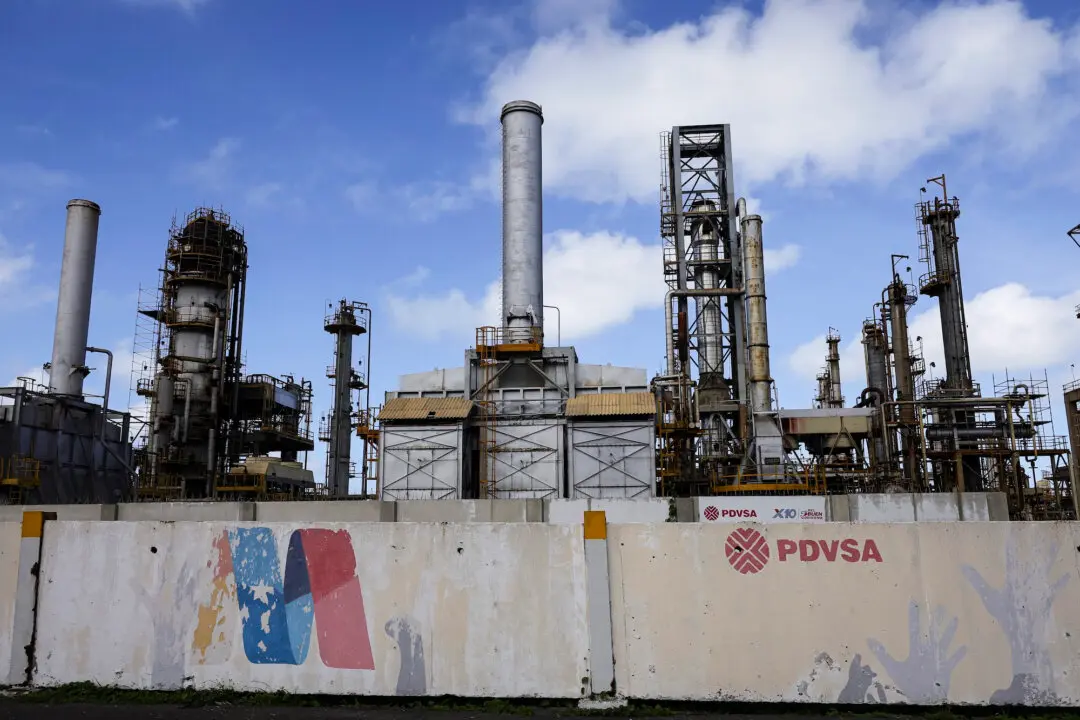The U.S. Department of Labor reported that the number of Americans filing new applications for unemployment benefits inched down last week, while data from outplacement firm Challenger, Gray & Christmas showed that layoffs soared for the entire month of August, painting a mixed picture of labor market health.
New filings for jobless benefits, a proxy for layoffs, fell by 5,000, to 227,000 for the week of Aug. 31, according to data released on Sept. 5 by the labor department. That’s less than the 230,000 new filings analysts expected and the lowest level since the week of July 6.





